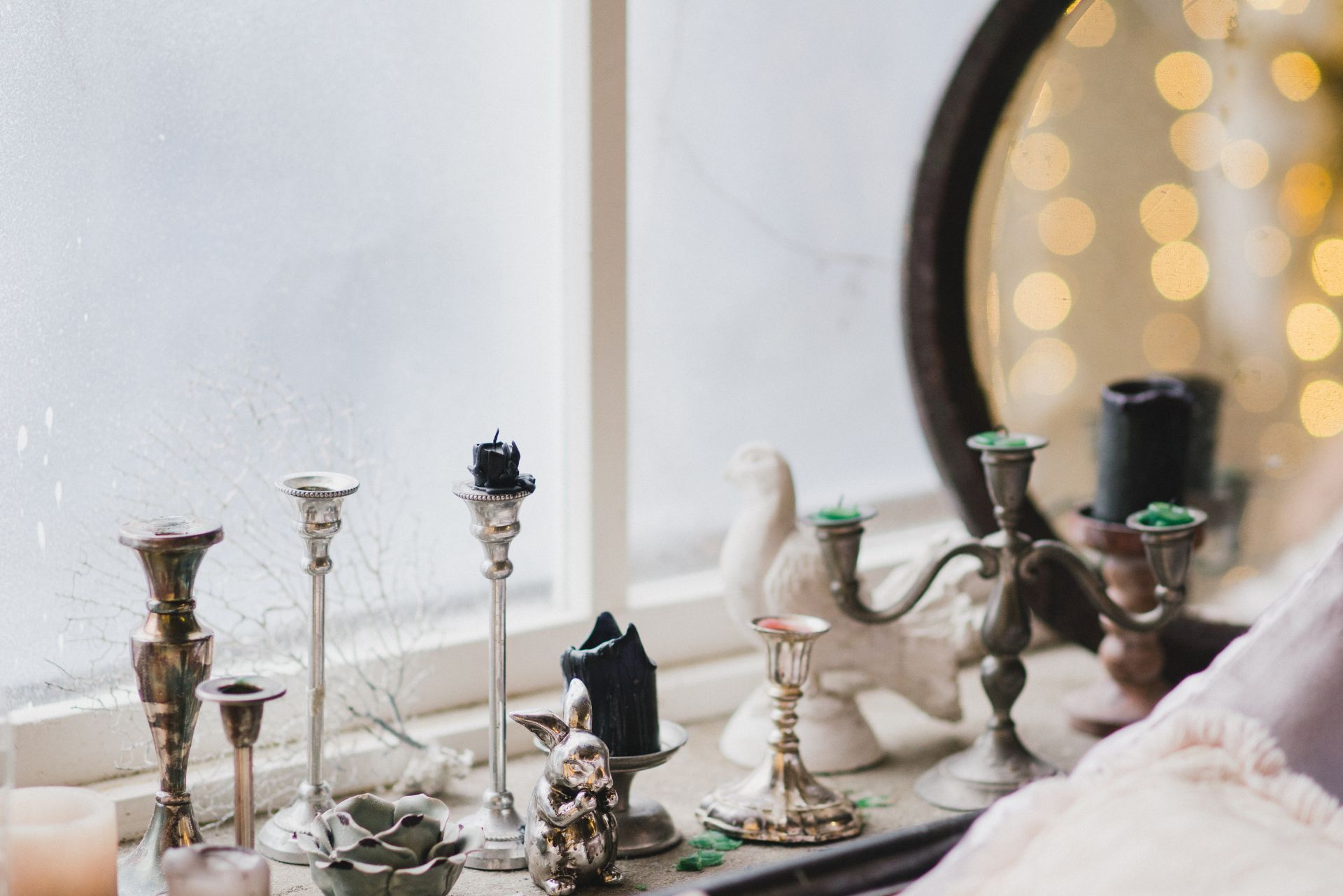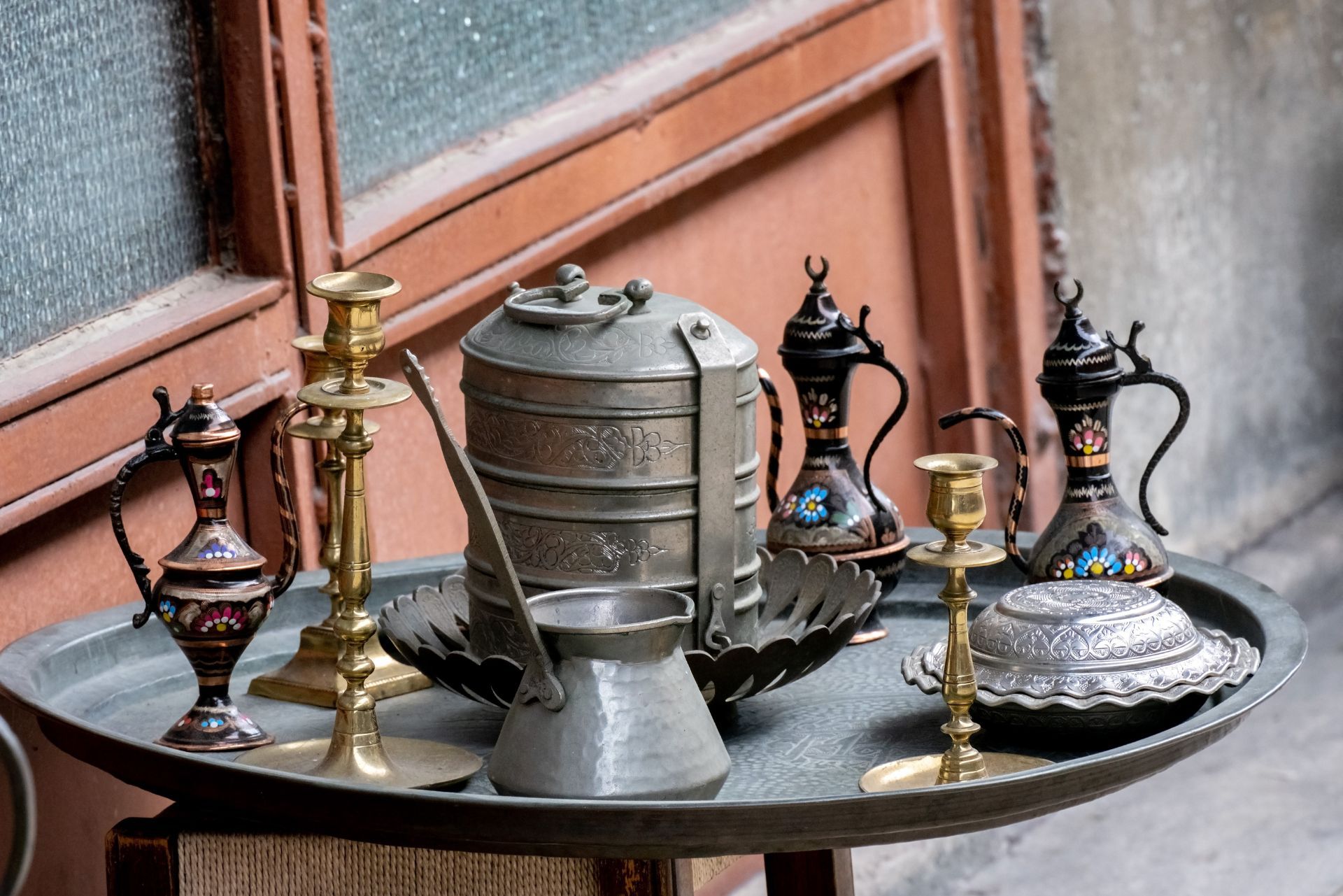Minnesota Rare Collectibles Insurance

See How We're Different
or call us: (763) 242-1668
Common Personal Insurance Policies
By: Matt Larsen
Owner of Capstone Insurance Group & Umbrella Insurance Advisor
763-242-1668
Index
Contact Us
Collecting rare items is more than just a hobby for many Minnesotans — it’s a passion, an investment, and often a legacy to be passed down through generations. Whether you’re an avid collector of vintage coins, rare stamps, antique firearms, or unique art pieces, protecting your valuable collection is essential. This is where rare collectibles insurance comes into play.
In this comprehensive guide, you’ll learn everything you need to know about rare collectibles insurance in Minnesota, including why it’s important, how it works, what types of items are covered, and how to choose the right policy for your collection.
Why Minnesota Collectors Need Specialized Insurance
Minnesota is home to a vibrant community of collectors, from Twin Cities enthusiasts to rural hobbyists. The state’s climate, local market, and legal landscape all influence the need for specialized insurance coverage for rare collectibles.
The Unique Risks Facing Collectors in Minnesota
Minnesota’s harsh winters and variable weather conditions pose unique risks to physical collectibles. Fluctuations in temperature and humidity can damage delicate items such as vintage books, artwork, and musical instruments. Additionally, natural disasters like floods or fires, although not as frequent as in some other states, still present a real threat.
Moreover, Minnesota’s urban areas have seen a rise in property crime rates in recent years. According to the Minnesota Bureau of Criminal Apprehension, certain metropolitan neighborhoods have experienced increases in burglary and theft, putting high-value collections at risk if not properly secured and insured.
Furthermore, collectors often face challenges related to the provenance and authenticity of their items, particularly in a state with a rich history of art and collectibles. The risk of purchasing counterfeit or misrepresented items can lead to significant financial losses. Specialized insurance not only covers physical damage but also provides peace of mind against the potential pitfalls of the secondary market, ensuring that collectors can confidently build their collections without the fear of unforeseen financial repercussions.
Why Standard Homeowners Insurance Isn’t Enough
Many collectors mistakenly believe that their standard homeowners or renters insurance policies will cover their collectibles. While these policies often provide some protection, they usually have strict limits on coverage for valuable items and may not cover certain risks like accidental damage or mysterious disappearance.
For example, a standard policy might only cover up to $1,000 or $2,500 for jewelry, art, or collectibles. If your rare coin collection is worth $50,000, this coverage falls drastically short. Additionally, standard policies often require a deductible and may only reimburse actual cash value rather than replacement cost.
To truly safeguard their investments, collectors should consider specialized insurance that offers broader coverage options tailored to their unique needs. This type of policy can include coverage for items in transit, protection against loss during exhibitions or shows, and even coverage for items that are temporarily stored off-site. Such comprehensive policies not only provide financial protection but also help collectors navigate the complexities of ownership, ensuring that their passion for collecting is both enjoyable and secure.

What Is Rare Collectibles Insurance?
Rare collectibles insurance is a specialized form of coverage designed specifically to protect valuable and unique items that standard policies don’t adequately cover. It offers tailored protection that reflects the true value and specific risks associated with your collection. This type of insurance is essential for collectors who invest significant time and money into acquiring items that may not only hold sentimental value but also appreciate over time. Without proper coverage, collectors risk substantial financial loss in the event of unforeseen circumstances.
Types of Items Typically Covered
Insurance providers in Minnesota commonly cover a wide range of collectibles, including but not limited to:
- Coins and currency
- Stamps and philatelic items
- Fine art and sculptures
- Antique firearms and weapons
- Sports memorabilia and trading cards
- Vintage toys and dolls
- Rare books and manuscripts
- Jewelry and gemstones
Each insurer may have specific guidelines about what qualifies as a collectible, so it’s important to verify coverage details before purchasing a policy. Additionally, some insurers may offer specialized endorsements for high-value items or collections that require more comprehensive coverage due to their rarity or market demand. This ensures that collectors can secure the right level of protection tailored to their unique needs.
How Coverage Works
Rare collectibles insurance usually functions as a standalone policy or an endorsement added to your existing homeowners insurance. It provides coverage for risks such as:
- Theft or burglary
- Fire and smoke damage
- Water damage from plumbing leaks or storms
- Accidental damage or breakage
- Loss or mysterious disappearance
Depending on the policy, coverage can be on a replacement cost basis (covering the cost to replace the item) or actual cash value (accounting for depreciation). Replacement cost coverage is generally recommended for rare collectibles due to their unique value. Furthermore, many policies also include provisions for off-premises coverage, which protects items while they are being transported or displayed at exhibitions, ensuring that collectors are safeguarded even when their prized possessions are away from home.
In addition to standard coverage, collectors may also want to consider options for appraisals and valuations, which can help establish the worth of items and ensure they are adequately insured. Regularly updating these appraisals is crucial, as the market for collectibles can fluctuate significantly, impacting the value of items over time. By maintaining accurate records and appraisals, collectors can better navigate the complexities of rare collectibles insurance and ensure their investments are protected against potential losses.
How to Determine the Value of Your Collection
One of the most critical steps in insuring rare collectibles is accurately determining their value. Underinsuring your collection can leave you financially vulnerable, while overinsuring may result in unnecessarily high premiums.
Professional Appraisals
Obtaining a professional appraisal from a certified expert is the gold standard for valuing collectibles. Minnesota has several reputable appraisers specializing in different types of collectibles, such as the Minnesota Antique Appraisers Association and independent certified appraisers accredited by the International Society of Appraisers (ISA).
Appraisals should be updated every few years or when significant market changes occur. This ensures your insurance coverage reflects current market values. Additionally, it is wise to seek appraisals from professionals who are familiar with the specific niche of your collection, whether it be vintage toys, fine art, or rare coins, as they can provide insights that general appraisers might overlook.
Market Research and Documentation
In addition to professional appraisals, collectors should maintain detailed records of their items, including purchase receipts, photographs, provenance documentation, and any certificates of authenticity. This documentation can be invaluable during the claims process.
Monitoring auction results, dealer prices, and collectible market trends can also help gauge the value of your collection over time. Websites like Heritage Auctions and Sotheby’s provide extensive archives of past sales that can serve as a benchmark for current market conditions. Furthermore, joining collector communities, whether online or in-person, can offer valuable insights and updates on the latest trends, helping you stay informed about fluctuations in value that may affect your collection.

Choosing the Right Rare Collectibles Insurance in Minnesota
Finding the best insurance policy for your rare collectibles involves careful comparison of coverage options, premiums, deductibles, and insurer reputation. Collectibles, whether they are vintage toys, rare coins, or fine art, often hold significant emotional and financial value, making it crucial to protect them adequately. With the right insurance, you can enjoy peace of mind knowing that your cherished items are safeguarded against unforeseen events.
Factors to Consider When Comparing Policies
- Coverage Limits: Ensure the policy’s coverage limits align with the appraised value of your collection.
- Types of Covered Risks: Look for policies that cover accidental damage and mysterious disappearance, not just theft or fire.
- Deductibles: Evaluate the deductible amount and how it impacts your premium and potential out-of-pocket costs.
- Replacement Cost vs. Actual Cash Value: Replacement cost coverage is often preferable for rare collectibles.
- Worldwide Coverage: If you travel with your collection or loan pieces to exhibitions, confirm that the policy covers items outside your home.
- Claims Process: Research the insurer’s reputation for customer service and claims handling.
When assessing coverage limits, it’s wise to have your collectibles appraised by a professional to ensure that you are adequately covered. Additionally, consider the specific types of risks that your collection may face; for example, rare coins may be more susceptible to environmental damage, while fine art could be at risk from improper handling during transport. Understanding these nuances can help you select a policy that truly meets your needs.
Top Insurance Providers for Collectibles in Minnesota
Several insurers specialize in or offer endorsements for rare collectibles in Minnesota, including:
- Lloyd’s of London: Known for underwriting unique and high-value collectibles with customized policies.
- Chubb Insurance: Offers comprehensive collectible insurance with worldwide coverage and high limits.
- Hiscox: Provides tailored coverage for art, antiques, and collectibles with flexible terms.
- State Farm and Allstate: While primarily standard insurers, they offer endorsements or riders for collectibles through local agents.
In addition to these well-known providers, it’s beneficial to explore local insurance companies that may offer personalized service and a deeper understanding of Minnesota’s unique collectible market. Many local agents can provide insights into regional trends and specific risks that may not be covered by larger insurers. Furthermore, some companies may offer discounts for bundling collectible insurance with other policies, which can be an attractive option for collectors looking to save on premiums.
Working with an independent insurance agent familiar with Minnesota’s collectibles market can help you navigate these options effectively. They can assist you in understanding the fine print of each policy and ensure that you are not only getting the best price but also the most comprehensive coverage for your valuable items. This personalized approach can make all the difference when it comes to protecting your treasured collectibles from potential loss or damage.
Protecting Your Collection Beyond Insurance
Insurance is a critical safety net, but collectors should also take proactive steps to minimize risks and preserve their items.
Proper Storage and Display
Maintaining optimal environmental conditions is essential for preserving rare collectibles. Use climate-controlled storage with stable temperature and humidity levels. Avoid direct sunlight, which can fade colors and damage materials. Additionally, consider the use of acid-free materials for storage, as these can prevent chemical reactions that may harm your items over time. For example, using acid-free boxes or sleeves for paper items can significantly extend their lifespan.
Display cases with secure locks and UV-protective glass can safeguard items from dust, handling damage, and theft. When displaying collectibles, think about the arrangement as well; placing items in a way that minimizes crowding can help reduce the risk of accidental damage. Furthermore, consider using display stands that are specifically designed for the type of item you are showcasing, as this can provide additional support and protection.
Security Measures
Investing in home security systems, including alarms, surveillance cameras, and secure safes, can deter theft and provide evidence in case of a claim. Minnesota collectors should also consider neighborhood watch programs and local law enforcement resources. Collaborating with fellow collectors in your area can create a network of vigilance, where members share information about suspicious activities or potential threats. Additionally, consider using smart technology that allows you to monitor your collection remotely, giving you peace of mind even when you're away from home.
Regular Inventory Updates
Keep an up-to-date inventory of your collection with detailed descriptions, photographs, and appraisals. This not only helps with insurance claims but also assists in managing your collection effectively. Regularly reviewing your inventory can also help you identify items that may need special attention or conservation efforts. Moreover, documenting provenance—such as previous ownership or historical significance—can enhance the value of your items and provide a richer narrative for future generations.
Engaging with fellow collectors through online forums or local clubs can also provide insights into best practices for inventory management. Sharing tips and experiences can lead to discovering new tools or software designed for cataloging collections, making the process more efficient and enjoyable. By staying connected to the collector community, you can also keep abreast of trends in valuation and preservation techniques, ensuring that your collection remains not only safe but also relevant in the ever-evolving market.
Filing a Claim for Your Rare Collectibles in Minnesota
In the unfortunate event of loss or damage, understanding the claims process can make recovery smoother and faster. Collectibles, whether they are vintage toys, rare coins, or fine art, often hold significant monetary and sentimental value. Therefore, knowing how to navigate the claims process effectively is crucial for collectors in Minnesota.
- Steps to Take Immediately After Loss or Damage
- Document the damage or loss with photographs and written descriptions.
- File a police report if theft or vandalism is involved.
- Contact your insurance provider promptly to notify them of the incident.
- Gather all relevant documentation, including appraisals, receipts, and inventory lists.
In addition to these initial steps, it’s wise to inform fellow collectors or local collectible groups about the incident. They may provide valuable advice based on their experiences or even assist in keeping an eye out for your items if they were stolen. Furthermore, maintaining an up-to-date inventory of your collectibles, complete with photographs and descriptions, can be immensely beneficial not only for insurance purposes but also for personal record-keeping. This proactive approach can save you time and stress in the event of a claim.
Working with Adjusters and Appraisers
Insurance companies may send an adjuster or require a new appraisal to assess the damage or loss. Be prepared to provide access to your items and documentation. Maintaining a good relationship with your insurer and promptly responding to requests can expedite the claims process. It is also advisable to research and select appraisers who specialize in the type of collectibles you own, as their expertise can significantly influence the outcome of your claim. A well-documented appraisal can help substantiate the value of your items, ensuring that you receive a fair settlement.
Additionally, consider keeping a record of all communications with your insurance provider, including dates, names of representatives, and details of conversations. This documentation can be crucial if disputes arise during the claims process. Understanding your policy’s specific coverage limits and exclusions is equally important, as it can help you set realistic expectations regarding your claim. By being well-prepared and informed, you can navigate the claims process with greater confidence and ease.
Conclusion
For collectors in Minnesota, rare collectibles insurance is not just an added expense—it’s a vital investment that protects your passion, your financial interests, and your legacy. Understanding the unique risks in Minnesota, accurately valuing your collection, and choosing the right insurance policy can provide peace of mind and ensure that your treasured items remain safeguarded for years to come.
By combining specialized insurance coverage with proper storage, security, and documentation, Minnesota collectors can enjoy their hobby with confidence, knowing their rare collectibles are well protected.





